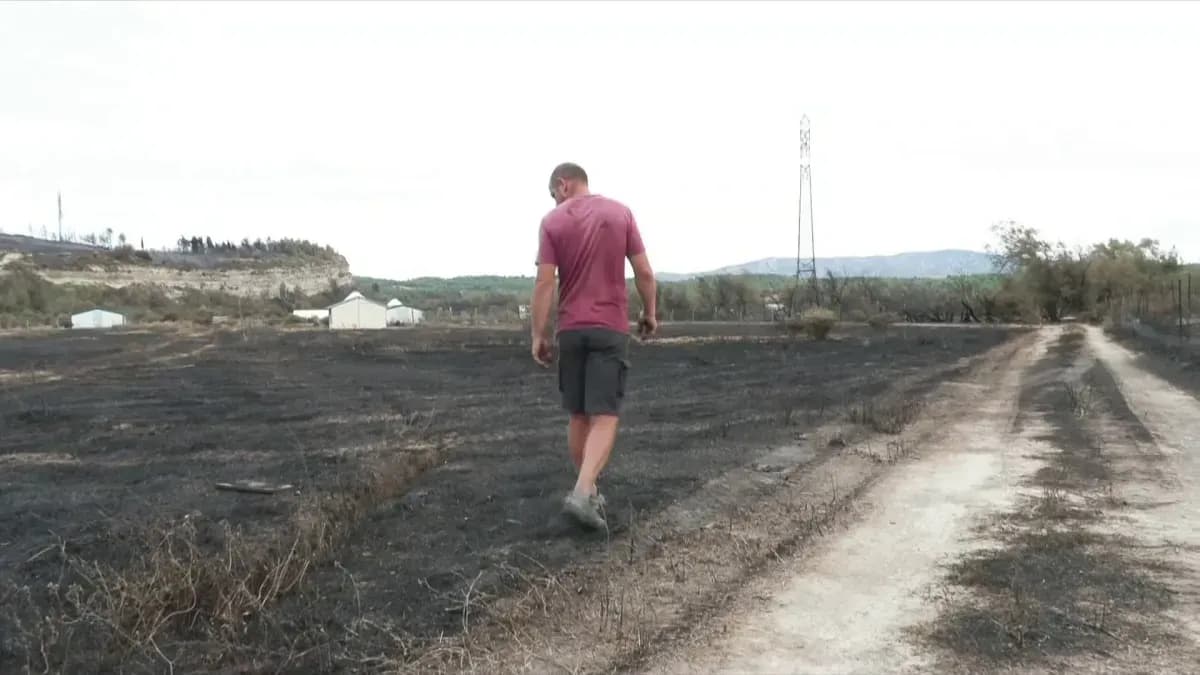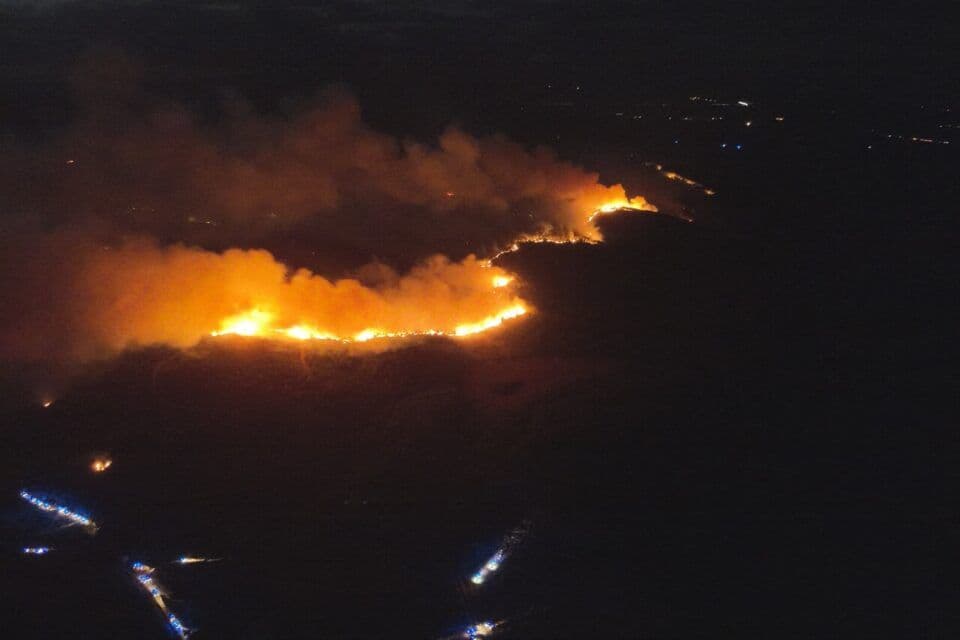Sigean's Fiery Embrace: Unpacking a Region's Recurring Battle with Blazes
Unpack the Sigean wildfire: its swift fury, the human resilience, and why Aude's landscapes are increasingly vulnerable. A look into recovery & future prevention.
When the A9 Ignited: The Sigean Fire's Sudden Fury
The , perpetually on high alert for wildfires, found itself in the throes of another major blaze on Saturday, July 26, 2025. This time, the inferno erupted with alarming speed near the in , a critical artery for the region. What began, according to , the sous-préfet of , as a fire "a priori" along the motorway's edge, quickly escalated, manifesting as "three fire fronts simultaneously." The sheer ferocity of the blaze necessitated immediate and widespread road closures, with the RD6009 and RD205 becoming impassable, effectively severing key local connections. Before firefighters could gain a foothold, the fire had already consumed over 650 hectares of vegetation, a staggering footprint that underscored the rapid and destructive nature of the event. Two homes in Sigean bore the brunt of this initial assault, one tragically reduced to ashes, serving as a stark reminder of the fire's devastating power. The department had, presciently, been placed on orange alert for forest fire risk by , a warning that, unfortunately, proved all too accurate.
The Human Toll: Evacuations, Homes, and Hope
As the flames raged, the immediate priority shifted to safeguarding human lives. The human toll of the Sigean fire was swift and disruptive, forcing hundreds from their routines and homes. In Sigean itself, a dozen habitations were preventively evacuated, their residents watching anxiously from afar as the inferno threatened their properties. The local mayor swiftly opened a gymnasium as an emergency shelter, initially accommodating around forty individuals, though many were eventually able to return home as the situation evolved. The impact extended beyond Sigean, reaching where some twenty homes and two campsites were cleared, displacing a thousand people who sought refuge in local gymnasiums. , a camper from Capfun, vividly recounted the sudden urgency: "We saw increasingly thick smoke, they came to get us at the swimming pool, and we had ten minutes to leave." Beyond the displaced, the frontline responders faced direct danger; four firefighters suffered smoke inhalation, with two requiring hospitalization. Their dedication, alongside the tireless efforts of over 630 firefighters and extensive aerial support, offered a beacon of hope against the relentless advance of the flames.
A Landscape Under Siege: Why Aude Burns
The Sigean fire, while a distinct event, is no isolated incident but rather a poignant chapter in the Aude department's recurring battle with blazes. This region, nestled within the Mediterranean climate zone, is inherently vulnerable. Just weeks prior, in early July, nearly 2,000 hectares had already succumbed to fires near Narbonne, painting a grim picture of escalating frequency. As one local, , lamented, "Unfortunately, it's starting to become recurrent, it's complicated." The underlying causes are a dangerous cocktail of environmental factors: strong, sustained winds, temperatures consistently soaring above 30°C, critically low humidity levels, and vast expanses of parched vegetation. These conditions transform the landscape into a tinderbox, where any spark can ignite a catastrophe. Indeed, the suspected origin of the Sigean fire—along the A9 motorway—highlights a particular vulnerability of transportation corridors, where accidental ignitions are regrettably common. The simultaneous brush fire in further underscores that this is a regional crisis, not an isolated local phenomenon, demanding a more profound understanding of the natural and human-induced triggers at play.
From Ash to Action: Rebuilding and Resilience
As the immediate crisis subsides, the focus inevitably shifts from containment to recovery and, crucially, to long-term resilience. By July 27, 2025, the Aude fire commander, , could announce that the Sigean blaze was "stabilized" with a "favorable evolution," a collective sigh of relief for a region on edge. Yet, the scars remain: 630 hectares of scorched earth and two severely damaged homes serve as stark reminders of the fire's passage. Rebuilding homes is one aspect, but the path to ecological recovery for the vast tracts of burned vegetation is a far longer, more complex journey. The recurring nature of these fires, as locals attest, demands more than just reactive firefighting; it necessitates a proactive, comprehensive strategy. This involves not only effective land management to reduce fuel loads and create firebreaks but also robust public awareness campaigns about prevention, especially concerning roadside ignitions. Investing in advanced monitoring systems, enhancing emergency response capabilities, and fostering community preparedness are vital steps. Ultimately, the Sigean fire, like its predecessors, compels the Aude department and the wider Mediterranean region to transform lessons learned from the ashes into actionable strategies for a more resilient future.
Related Articles

Beyond the Blaze: The Human and Ecological Toll of Europe's Escalating Wildfires

Beyond the Blaze: The Human and Ecological Toll of Europe's Escalating Wildfires

A Nation Ablaze: Beyond the Red Alerts – The Enduring Human and Ecological Toll of France's Summer Fires

A Nation Ablaze: Beyond the Red Alerts – The Enduring Human and Ecological Toll of France's Summer Fires

Aude's Ember Awakening: Charting the Path to Ecological Renewal Beyond the Blazes

Aude's Ember Awakening: Charting the Path to Ecological Renewal Beyond the Blazes

Aude's Living Shield: How Nature and Community Are Forging a New Era of Wildfire Resilience
